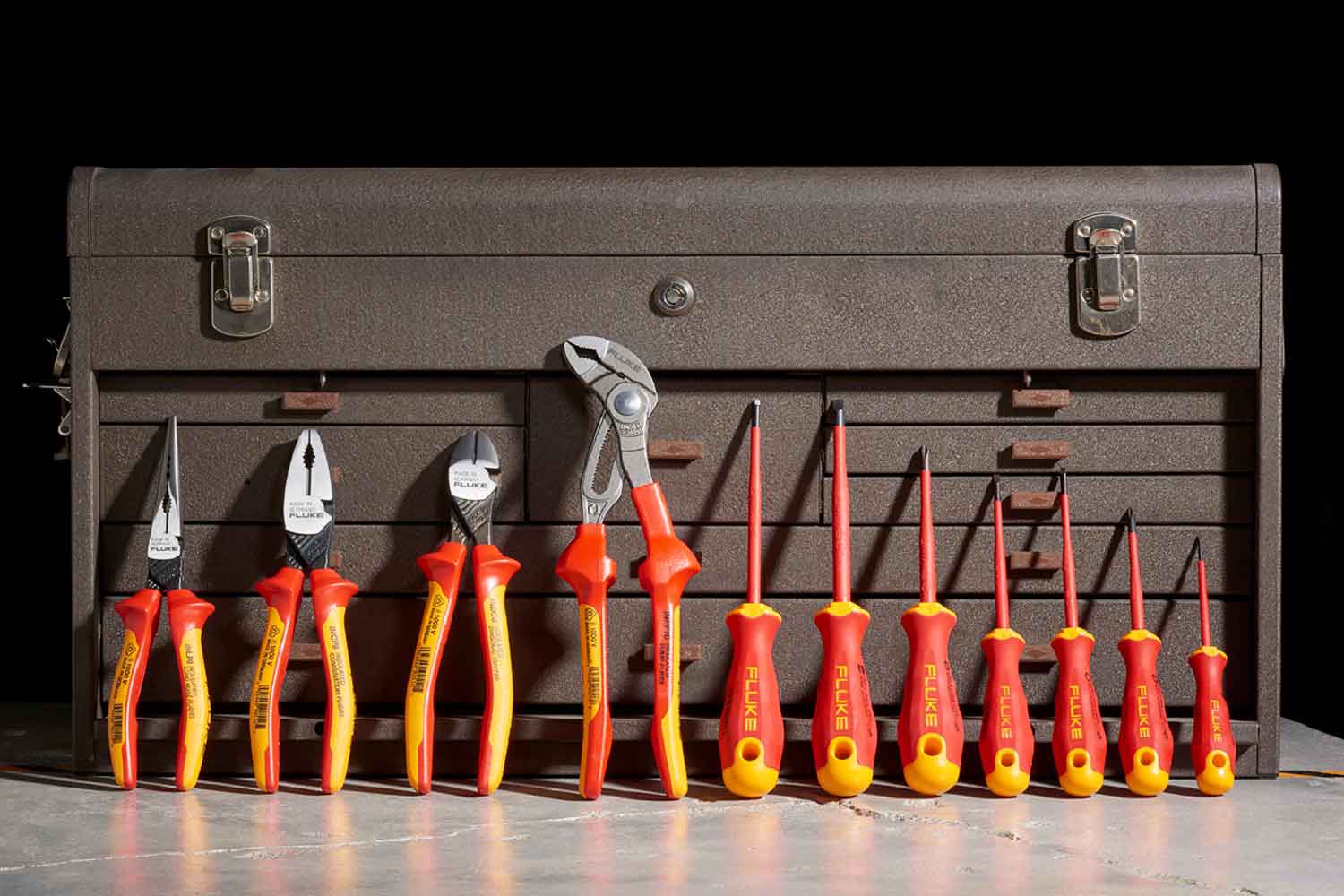

Articles
What Are Insulated Hand Tools?
Modified: April 22, 2024
In this article, explore the concept of insulated hand tools and their importance in enhancing electrical safety. Find out why insulated hand tools are crucial for professionals working with electricity.
(Many of the links in this article redirect to a specific reviewed product. Your purchase of these products through affiliate links helps to generate commission for Storables.com, at no extra cost. Learn more)
Introduction
When it comes to electrical work, safety should always be a top priority. One crucial aspect of ensuring safety is the use of insulated hand tools. These tools are specifically designed to provide protection against electrical shocks by incorporating insulating materials in their construction.
Insulated hand tools are essential for electricians, technicians, and other professionals who frequently work with live electrical circuits. In this article, we will explore what insulated hand tools are, their benefits, common types, how they provide electrical safety, proper usage, maintenance, and industry standards.
By understanding the importance of insulated hand tools and how to use them correctly, professionals can minimize the risk of electrical hazards and ensure a safer working environment.
Key Takeaways:
- Insulated hand tools are essential for electrical safety, protecting professionals from shocks, arc flashes, and fires. They offer durability, compliance with regulations, and enhanced comfort for efficient electrical work.
- Industry standards, such as IEC and ANSI, ensure the quality and reliability of insulated hand tools. Proper usage, maintenance, and adherence to these standards are crucial for maximizing safety and minimizing risks in electrical work.
Read more: What Is A Hand Tool
What are Insulated Hand Tools?
Insulated hand tools are specially-designed tools that have an additional layer of insulation to protect the user from electrical shocks. The insulation is typically made of various materials, such as rubber, plastic, or fiberglass, that can provide a barrier between the user and the electric current.
These tools are commonly used in electrical work, where the risk of coming into contact with live wires or electrical currents is high. Electricians, technicians, and other professionals who work with electricity rely on insulated hand tools to perform their tasks safely and effectively.
Insulated hand tools come in a wide range of types and sizes, including screwdrivers, pliers, cutters, wrenches, and more. Each tool is specifically designed to provide both functionality and safety. They are typically color-coded or marked with specific symbols to indicate their level of insulation and the maximum voltage they can handle.
The insulation on these tools acts as a barrier to prevent electrical current from passing through to the user’s hand, reducing the risk of electric shock. Even if there is a fault or damage to the insulation, the added layer provides an extra level of protection and can prevent direct contact with live electrical components.
It is important to note that insulated hand tools should not be confused with non-conductive tools. While non-conductive tools have a higher resistance to electrical current, they are not designed to provide the same level of protection as insulated hand tools. It is always recommended to use insulated tools when working with electricity to ensure optimal safety.
Benefits of Insulated Hand Tools
Insulated hand tools offer a range of benefits that make them indispensable for professionals working with electricity. Here are some key advantages:
- Electrical Safety: The primary benefit of insulated hand tools is enhanced electrical safety. These tools provide a layer of insulation that reduces the risk of electrical shocks. By using insulated tools, professionals can confidently work on live circuits without compromising their safety.
- Protection Against Arc Flashes: Insulated hand tools not only protect against electrical shocks but also provide a level of protection against arc flashes. Arc flashes are explosive releases of energy due to a fault or overload in an electrical system. The insulation on these tools helps mitigate the effects of arc flashes, minimizing the risk of serious injuries.
- Reduced Risk of Electrical Fires: Insulated hand tools play a crucial role in preventing electrical fires. By using these tools, professionals can minimize the chance of accidentally contacting live wires or short-circuiting the electrical system, reducing the risk of fire hazards.
- Increased Durability: Insulated hand tools are designed for durability. The insulation layer protects the tool’s internal components from exposure to harsh environments, chemicals, and wear and tear. This ensures that the tools remain in good working condition for an extended period, saving professionals from frequent replacements.
- Compliance with Safety Regulations: Many industries, such as construction and manufacturing, have strict safety regulations that require the use of insulated hand tools. By using these tools, professionals can ensure compliance with safety guidelines and avoid potential penalties and legal issues.
- Enhanced Grip and Comfort: Insulated hand tools are often ergonomically designed with comfortable grips. The insulation layer provides an added cushioning effect, reducing strain on the user’s hands and enhancing grip. This allows professionals to work more comfortably, even during long hours.
Overall, insulated hand tools are an investment in safety and productivity. By utilizing these tools, professionals can significantly reduce the risk of electrical accidents, ensuring their well-being and the successful completion of electrical tasks.
Common Types of Insulated Hand Tools
Insulated hand tools come in various types, each serving a specific purpose in electrical work. Here are some of the most common types of insulated hand tools:
- Insulated Screwdrivers: Insulated screwdrivers are essential tools for electricians and technicians. They are designed with insulated handles and shafts to provide protection against electrical shocks when working with screws or terminals in live electrical systems. Insulated screwdrivers come in a range of sizes, shapes, and tips to accommodate different screw types.
- Insulated Pliers: Insulated pliers are another must-have tool for electrical work. These pliers have insulated handles that protect against electric shocks while performing tasks such as gripping, cutting, bending, or twisting wires. They are available in various types, including long-nose, diagonal-cutting, and lineman’s pliers.
- Insulated Cutters: Insulated cutters are specifically designed for cutting wires and cables while maintaining electrical safety. These cutters have insulated handles and sharp cutting edges, allowing professionals to make precise and clean cuts without the risk of electrical shocks.
- Insulated Wrenches: Insulated wrenches are used for tightening or loosening nuts and bolts in live electrical systems. They feature insulated handles and durable heads to ensure both safety and functionality. Insulated wrenches come in different designs, including open-end wrenches, adjustable wrenches, and combination wrenches.
- Insulated Cable Strippers: Insulated cable strippers are essential for stripping the outer insulation off electrical cables while avoiding damage to the inner conductors. These tools have insulated handles and sharp blades that allow professionals to strip cables without the risk of accidental contact with live wires.
- Insulated Voltage Testers: Insulated voltage testers are used to detect the presence of electric voltage in circuits or electrical devices. These testers have insulated handles and probe tips, making them safe to use even in live electrical systems. They are essential for troubleshooting electrical problems and ensuring that the electricity is properly turned off before starting any work.
These are just a few examples of the common types of insulated hand tools available in the market. It is important to choose the right type and size of tool based on the specific electrical task at hand to ensure optimal safety and efficiency.
Insulated hand tools are designed with a non-conductive coating to protect users from electrical shock when working on live circuits. Always ensure the insulation is intact before using the tool.
How Insulated Hand Tools Provide Electrical Safety
Insulated hand tools play a vital role in providing electrical safety for professionals working with live electrical circuits. Here’s how these tools ensure protection against electrical hazards:
- Insulating Materials: Insulated hand tools are made with specialized materials, such as rubber, plastic, or fiberglass, that have high resistance to electrical current. These materials act as a barrier between the user and the electric current, preventing direct contact and reducing the risk of electric shock.
- Color-Coding and Markings: Insulated hand tools are often color-coded or marked with specific symbols to indicate their level of insulation and the maximum voltage they can handle. This helps professionals identify the appropriate tool for a particular electrical task and ensures they are using tools that provide sufficient protection.
- Double Insulation: Some insulated hand tools, especially those used in higher voltage applications, feature double insulation. This means they have an extra layer of insulation surrounding the conducting parts, providing an additional safeguard against electric shock.
- Testing and Certification: Insulated hand tools undergo rigorous testing and certification to meet industry standards and ensure their safety and reliability. These tools are tested to withstand specific voltage levels and must comply with international safety regulations, such as the International Electrotechnical Commission (IEC) standards.
- Design Considerations: Insulated hand tools are designed with safety in mind. They often have ergonomic handles for a comfortable grip, reducing the chance of the tool slipping out of the user’s hand and potentially making contact with live parts. Additionally, the insulation is carefully integrated into the tool’s construction to ensure it remains intact and effective even under heavy use.
By using insulated hand tools, professionals can work confidently on live electrical circuits, knowing that they have an added layer of protection against electrical shocks. These tools significantly reduce the risk of accidental contact with live wires, minimize the possibility of short-circuits, and provide peace of mind while performing electrical tasks.
Read more: What Are Hand Tools Made Of
Proper Usage and Maintenance of Insulated Hand Tools
Using and maintaining insulated hand tools correctly is crucial to ensure their effectiveness and longevity. Here are some guidelines for proper usage and maintenance:
- Choose the Right Tool: Select the appropriate insulated hand tool for the specific electrical task at hand. Ensure that the tool is designed for the voltage level you are working with and that it has the necessary insulation rating.
- Inspect Tools Before Use: Before using any insulated hand tool, visually inspect it for any signs of damage, such as cracks or wear on the insulation. Do not use tools that appear damaged, as they may compromise safety.
- Ensure Proper Insulation: Inspect the insulation on your tools regularly to ensure it remains intact. Pay attention to the handles, shafts, and any other areas where the insulation may be compromised. If you notice any damage, discontinue use and replace the tool.
- Handle Tools with Care: Always handle insulated hand tools with care to prevent unnecessary wear or damage. Avoid dropping them or using excessive force that could potentially weaken the insulation or other components.
- Protect Tools from Extreme Temperatures: Insulated hand tools should be protected from extreme hot or cold temperatures, as these can affect the integrity of the insulation. Store them in a cool, dry place and avoid exposing them to direct sunlight or extreme environments.
- Regularly Clean and Maintain: Keep your insulated hand tools clean by wiping them down with a soft cloth after use. Avoid using harsh chemicals that could degrade the insulation. Additionally, lubricate any movable joints or mechanisms as per the manufacturer’s recommendations.
- Store Properly: Proper storage is essential to maintain the integrity of the insulation. Keep insulated hand tools stored in a designated toolbox or case to protect them from damage and dust. Ensure they are properly organized, securely stored, and not in direct contact with other metallic tools that could cause potential damage.
- Periodic Re-Certification: Consider having your insulated hand tools re-certified periodically. Over time, the insulation may degrade or wear off, reducing its effectiveness. Re-certification ensures that the tools are still safe to use and meet the required standards.
By following these guidelines, professionals can ensure the proper usage and maintenance of their insulated hand tools, maximizing their safety and longevity. Proper care and attention will not only enhance the tools’ performance but also minimize potential risks associated with electrical work.
Industry Standards for Insulated Hand Tools
Insulated hand tools are subject to stringent industry standards to ensure their safety, reliability, and compliance with electrical regulations. These standards provide guidelines for manufacturing, testing, and certification of these tools. Here are some of the key standards that govern insulated hand tools:
- International Electrotechnical Commission (IEC) Standards: The IEC is an international standards organization that sets benchmarks for electrical products and systems, including insulated hand tools. IEC standards, such as IEC 60900, provide specific requirements for the design, testing, and performance of insulated tools, ensuring their safety and suitability for electrical work.
- American National Standards Institute (ANSI) Standards: ANSI standards, such as ANSI/ISEA 105, lay out requirements for manufacturers and users of hand protection, including insulated hand tools. These standards cover various aspects, including materials, design, voltage rating, and performance testing.
- Occupational Safety and Health Administration (OSHA) Regulations: OSHA is a United States federal agency that sets and enforces workplace safety standards. OSHA regulations, such as those outlined in 29 CFR 1910 Subpart S, require employers to provide insulated hand tools to employees when working on or near exposed energized electrical conductors or circuits.
- European Norms (EN): European Norms, such as EN 60900, define the safety requirements for insulated hand tools used in Europe. These norms establish the minimum level of safety and electrical insulation properties that these tools must meet to ensure user protection and conformity to European standards.
- Manufacturer’s Specifications: In addition to industry standards, each manufacturer may have its own specifications for their insulated hand tools. These specifications can include guidelines for proper usage, maintenance, and maximum voltage ratings. It is important to refer to the manufacturer’s documentation and instructions when using these tools.
Adhering to these industry standards is crucial to ensure the quality, safety, and reliability of insulated hand tools. By using tools that meet these standards, professionals can have confidence in their effectiveness and comply with regulatory requirements.
Conclusion
Insulated hand tools are indispensable for professionals working with electricity, providing a crucial layer of protection against electrical shocks and hazards. These tools, constructed with specialized insulating materials, offer a range of benefits to ensure electrical safety in various industries and applications.
By using insulated hand tools, professionals can significantly reduce the risk of electrical accidents, protect against arc flashes, and minimize the chance of electrical fires. The insulation on these tools acts as a safeguard, preventing direct contact with live electrical components and providing an extra level of protection.
When using insulated hand tools, it is important to choose the right tool for the specific electrical task and ensure proper insulation integrity. Regular inspection, appropriate storage, and adherence to industry standards and manufacturer’s guidelines are key to maintaining the safety and effectiveness of these tools.
Industry standards, such as those set forth by organizations like the IEC and ANSI, provide guidelines for the manufacturing, testing, and certification of insulated hand tools. Complying with these standards ensures the tools meet required safety levels, providing peace of mind and regulatory compliance for professionals.
In conclusion, insulated hand tools are essential for electrical professionals to work safely and confidently with live electrical circuits. By incorporating these tools into their work practices, professionals can ensure their own safety, protect against electrical hazards, and maintain a secure working environment.
Remember, safety should always be the top priority when working with electricity, and insulated hand tools are a vital part of maintaining a safe and injury-free workplace.
Frequently Asked Questions about What Are Insulated Hand Tools?
Was this page helpful?
At Storables.com, we guarantee accurate and reliable information. Our content, validated by Expert Board Contributors, is crafted following stringent Editorial Policies. We're committed to providing you with well-researched, expert-backed insights for all your informational needs.


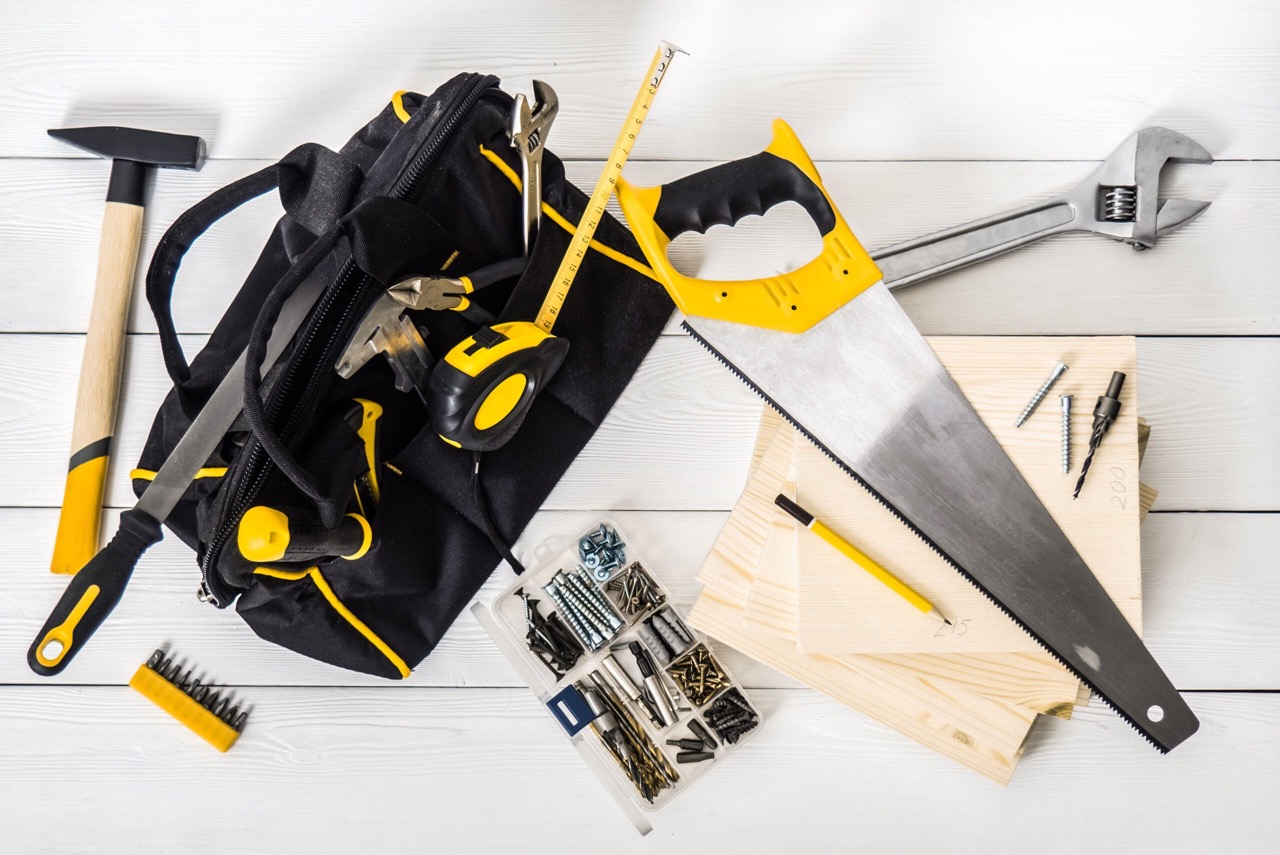

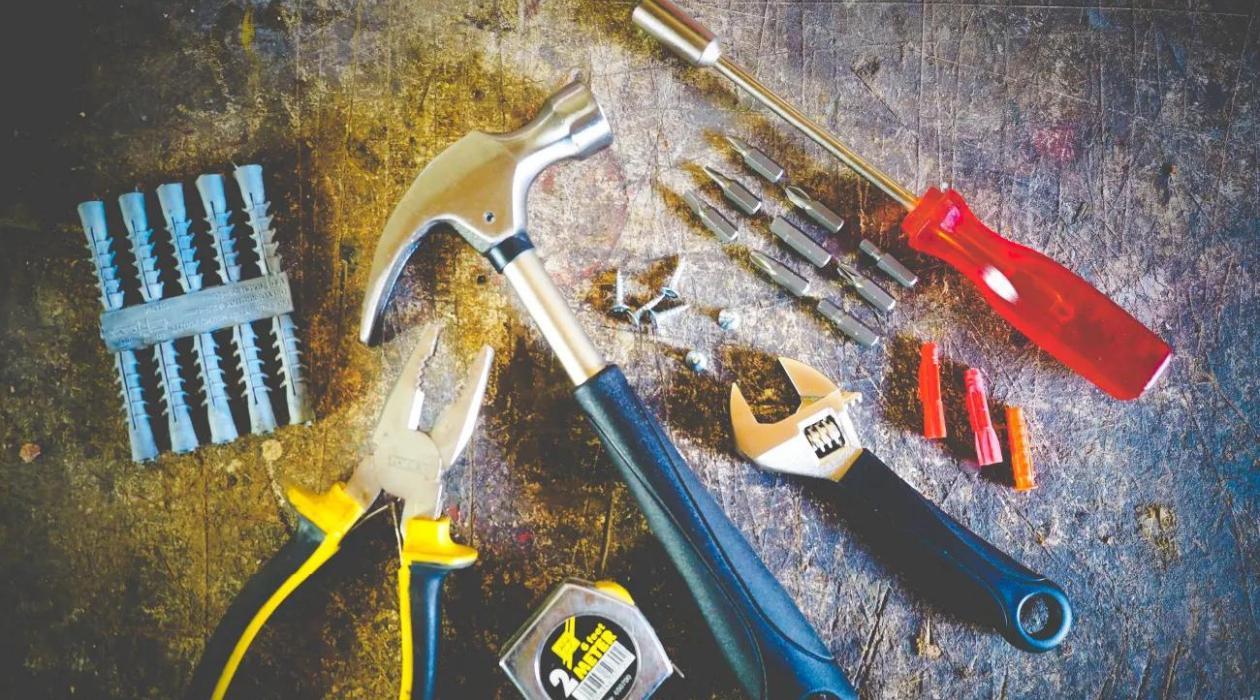
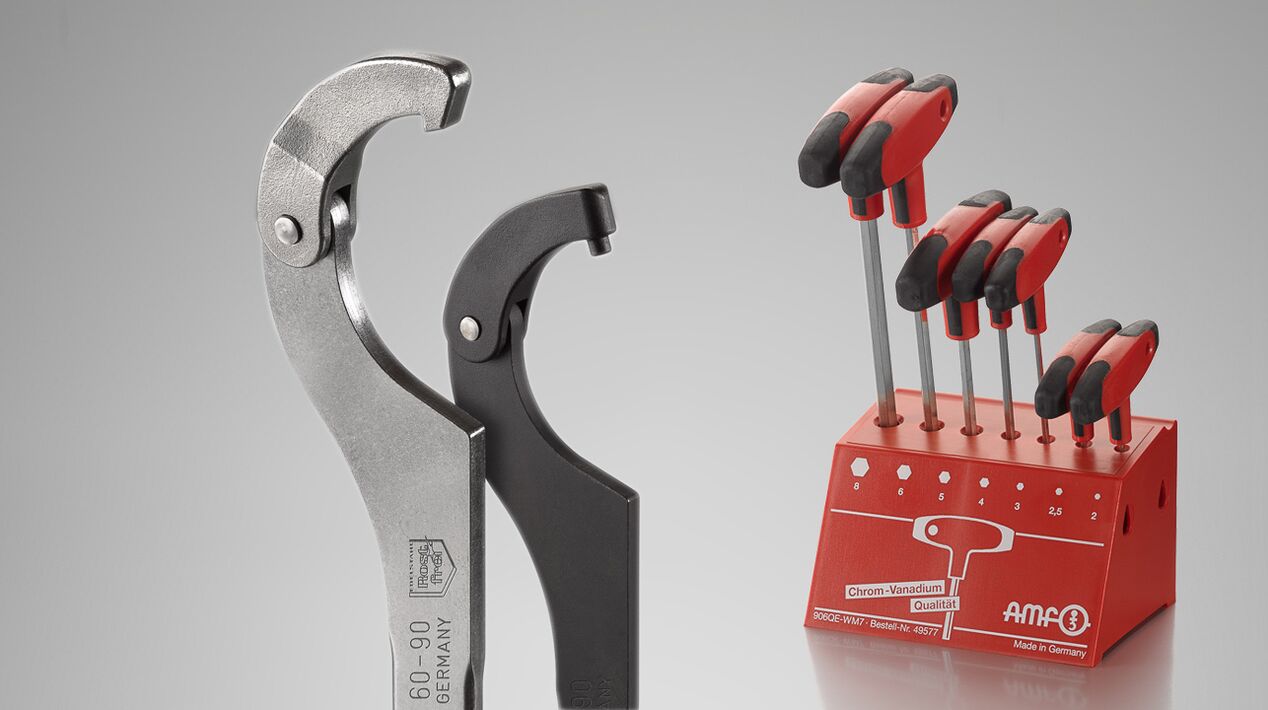
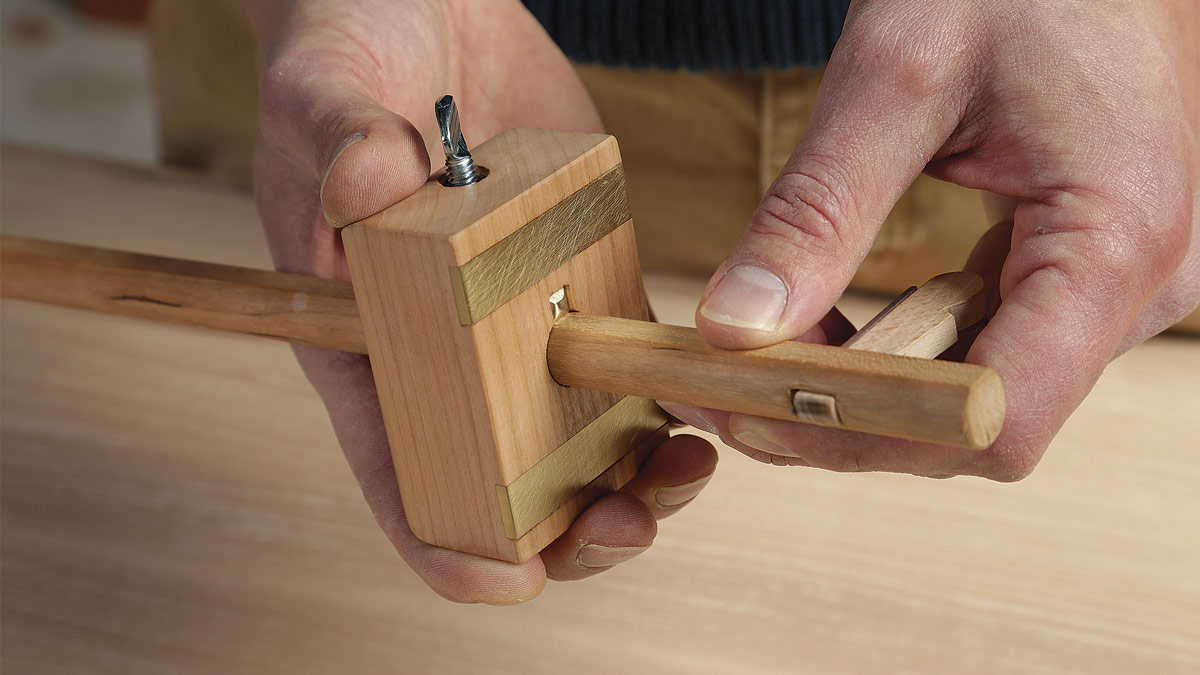
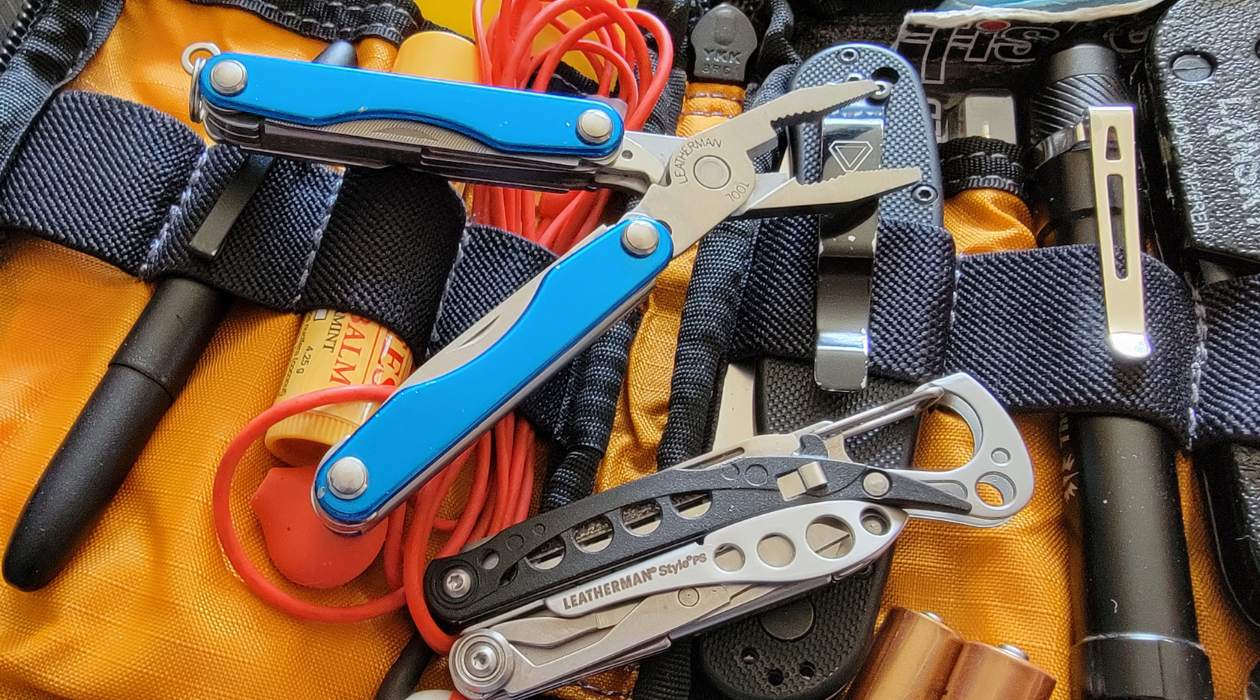


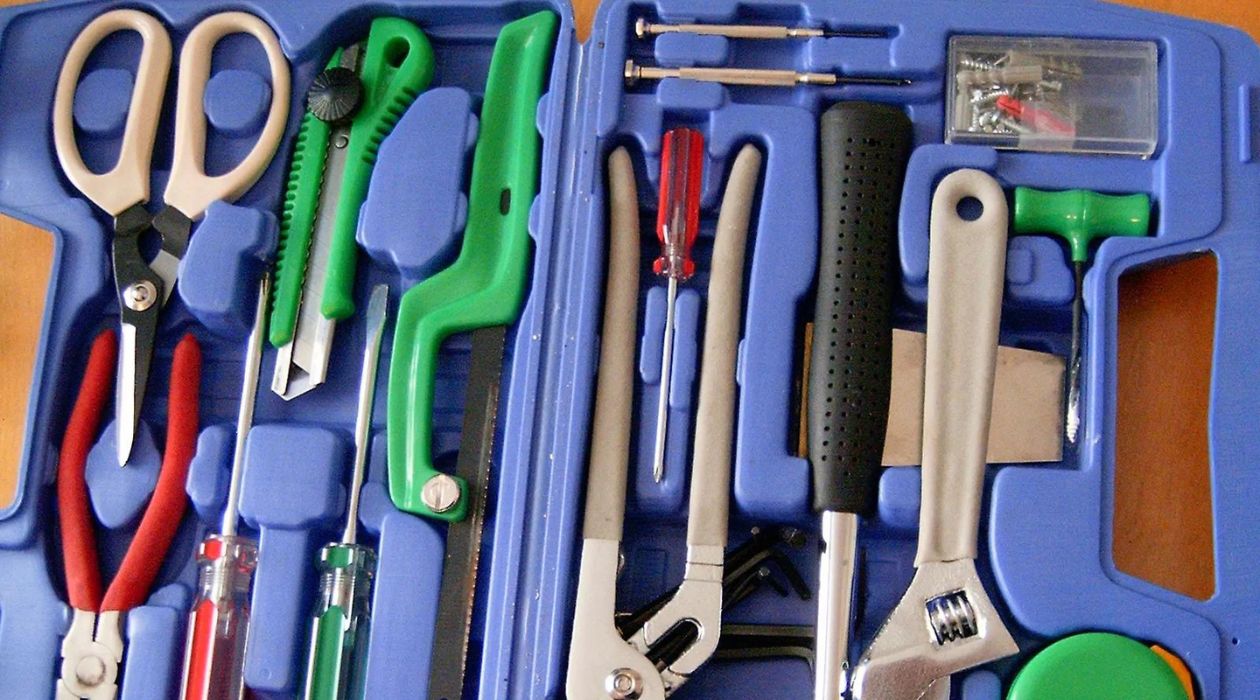
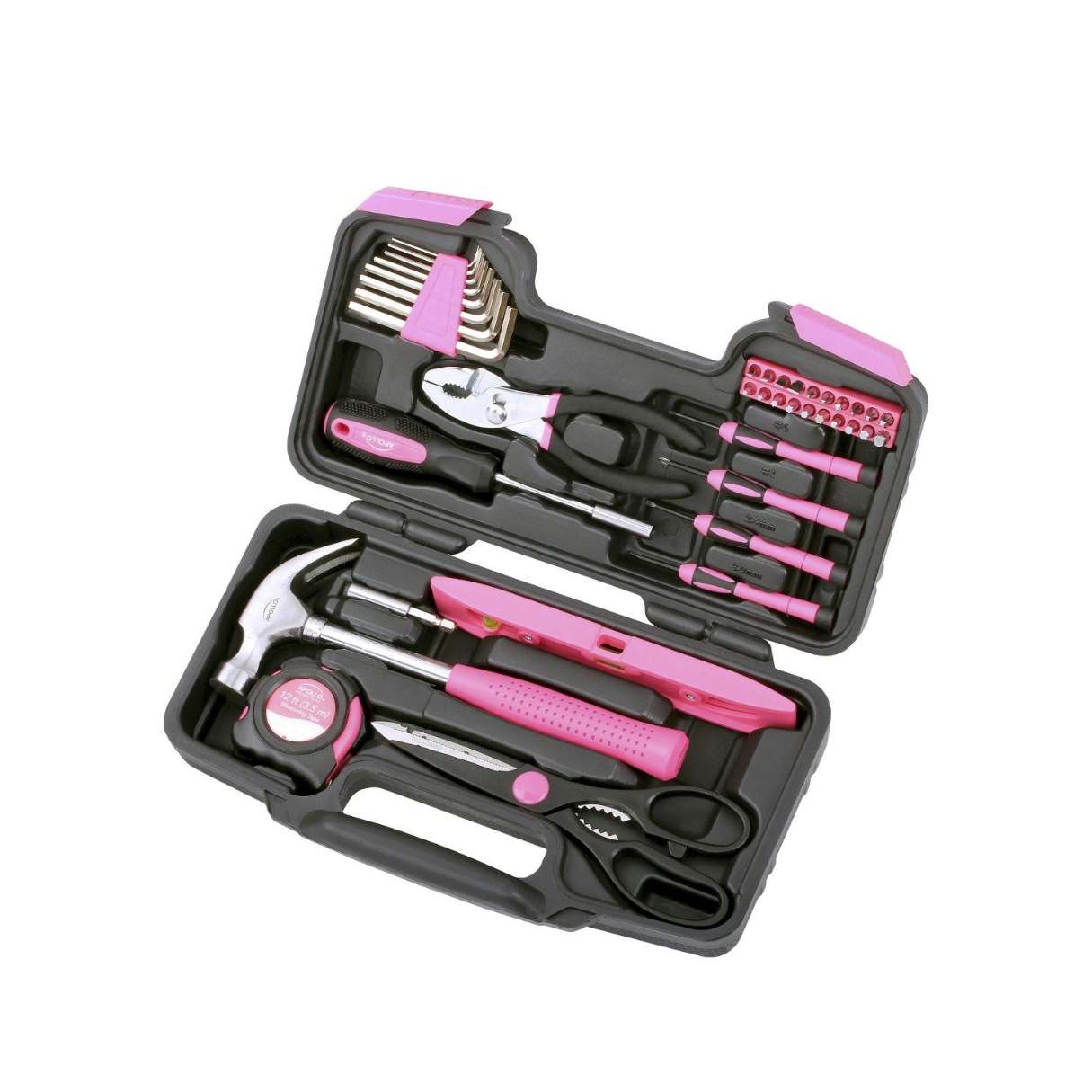

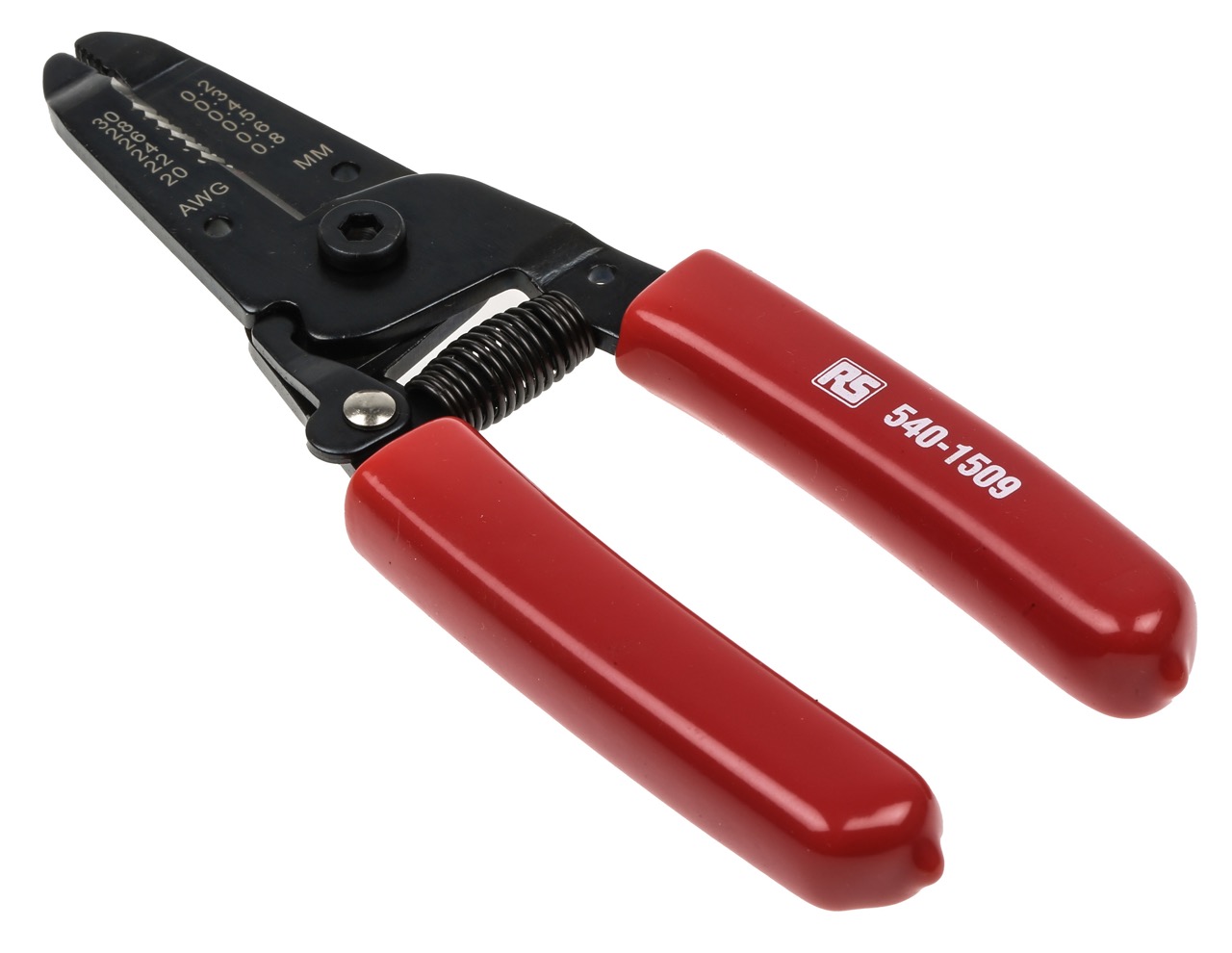

0 thoughts on “What Are Insulated Hand Tools?”